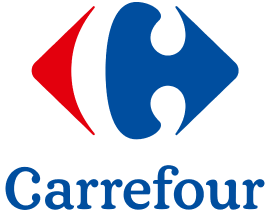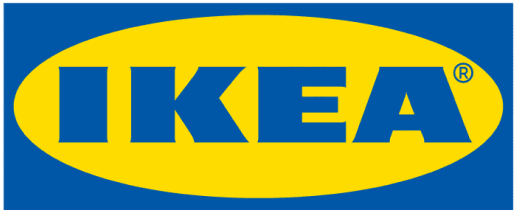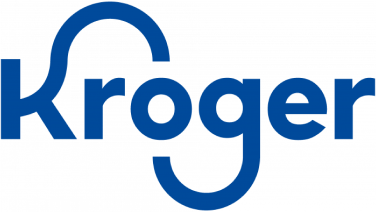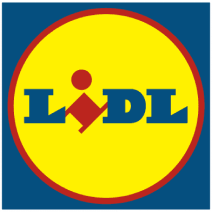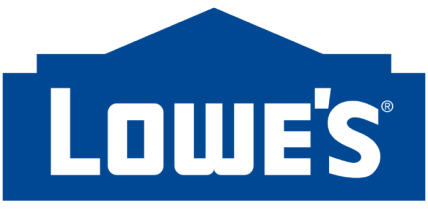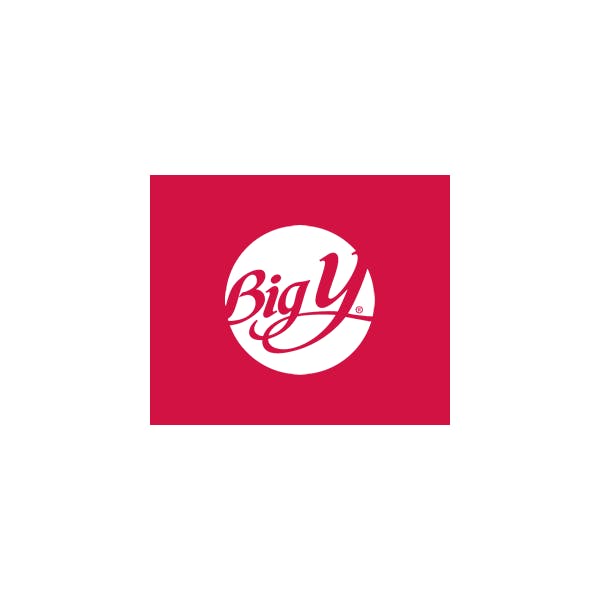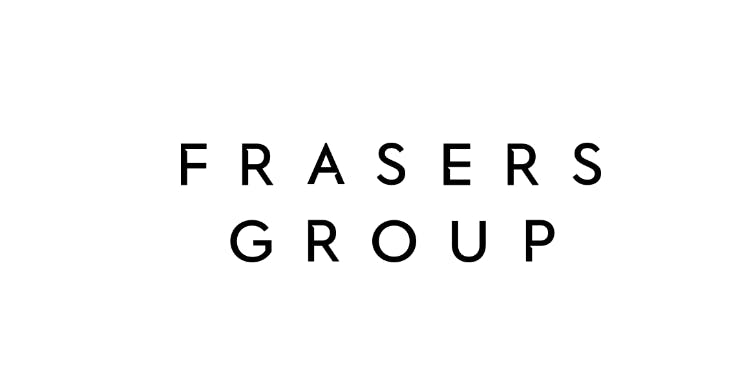Retail Loss Prevention Expertise and Research
Enabling the Retail Sector to Sell More and Lose Less


ECR Retail Loss is a global collaboration between retailers, suppliers and academics, working together to better understand and manage the causes of retail loss..
Our community includes 400+ of the biggest global retailers (our current Board members are from Aholddelhaize, Nike, Next, and Tesco) alongside consumer goods manufacturers, academics and researchers. Together, we explore practical ways to reduce shrink, fraud, food waste and other preventable losses across all channels.
Through regular working group meetings, peer-led research, benchmarks and reports, we support loss prevention professionals, asset protection, store teams, and retail leaders in making smarter decisions to reduce shrink, protect assets, and meet rising expectations from customers and stakeholders.
Real world insights influence everything we do to support your teams, stores and operations. From preventing theft to improving inventory accuracy.
Our eight priority areas are set by our members.
- Video in Retail: the evolving role of surveillance, AI and analytics in deterring crime
- Food Waste and markdowns: reducing preventable waste and aligning shrink reduction with sustainability goals
- E-commerce Loss: tackling fraud, returns abuse and delivery risk in online retail
- Inventory Accuracy: why better stock data reduces shrink, improves margins and builds trust
- On-Shelf Availability: ensuring products are where they should be, when customers want them
- Self Checkout: balancing customer experience with effective loss prevention at SCO
- RFID in Retail: using real-time data to track goods, reduce shrink, and improve replenishment
- Retail Loss, Safety and Security: protecting people, products and profits in an age of rising threats
We help you sell more and lose less by tackling every major form of retail loss:
- Shoplifting, employee theft, internal fraud, external threats
- Returns abuse, self-checkout manipulation, operational errors
- POS system mistakes, stock inaccuracies, spoilage and waste
- Supplier fraud, delivery discrepancies, vandalism, and more
We share actionable strategies to prevent loss, strengthen store safety, and improve visibility across all retail operations. That includes smarter loss prevention protocols, upgraded security cameras, AI, facial recognition and POS systems, real-time RFID tracking, enhanced EAS tagging, updated policies and processes and practical training programmes.
And thanks to the funding from our research grant providers, all of our research, insights and meetings are offered to the retail industry for free.
FOCUS AREAS
Main office
ECR Community a.s.b.l
Upcoming Meetings
Join Our Mailing List
Subscribe© 2023 ECR Retails Loss. All Rights Reserved|Privacy Policy







